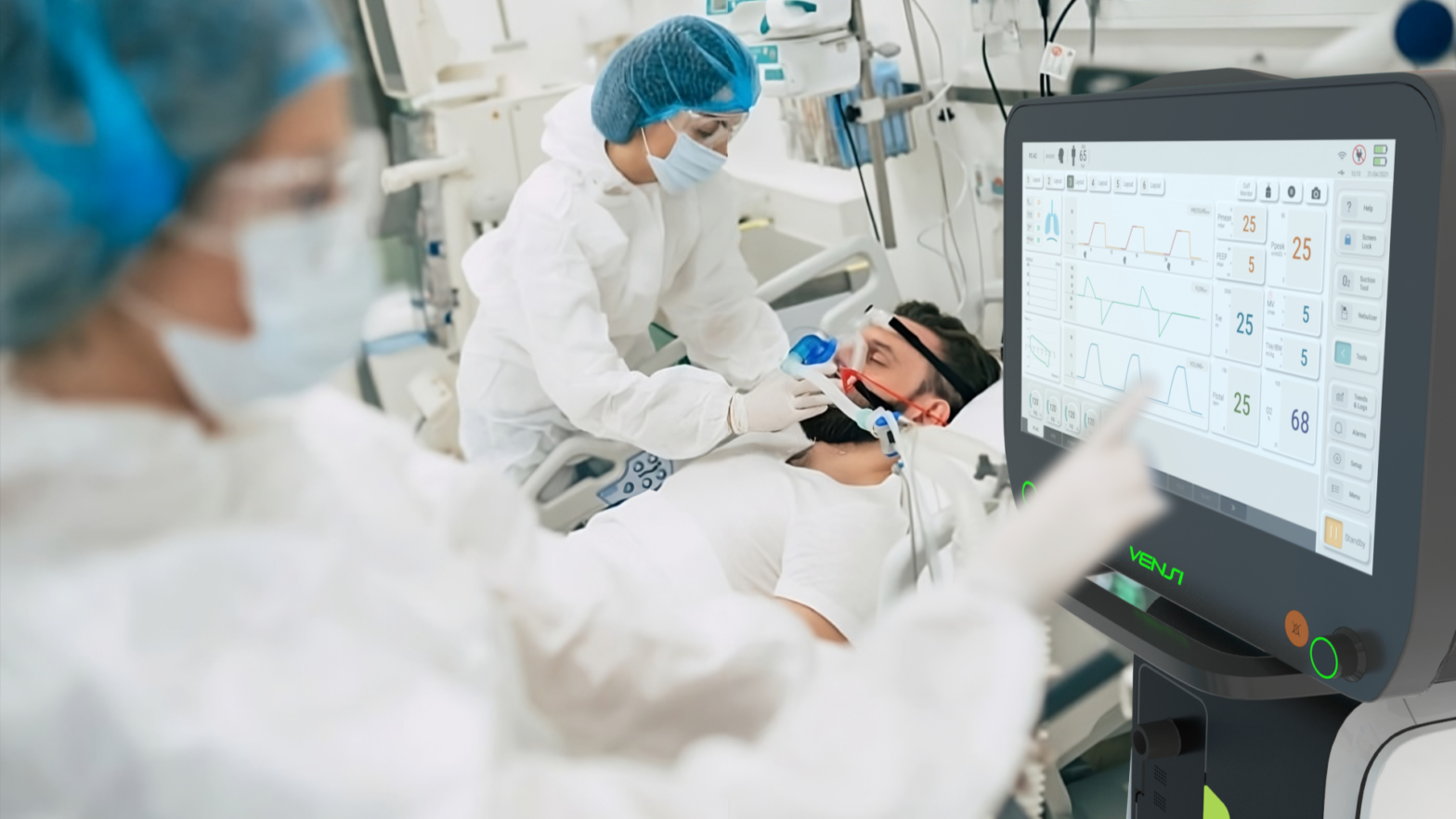In a momentous leap toward advancing respiratory care, Mediklik, a trailblazer in medical technology, has unveiled a sneak peek into the future of ventilators with the teaser release of their latest innovation – the VENSI ventilator. The Glimpse into Tomorrow In a tantalizing glimpse into the future of respiratory care, Mediklik has unveiled… Continue reading VENSI: An Exclusive Sneak Peek into the Next Era of Ventilation
VENSI: An Exclusive Sneak Peek into the Next Era of Ventilation









